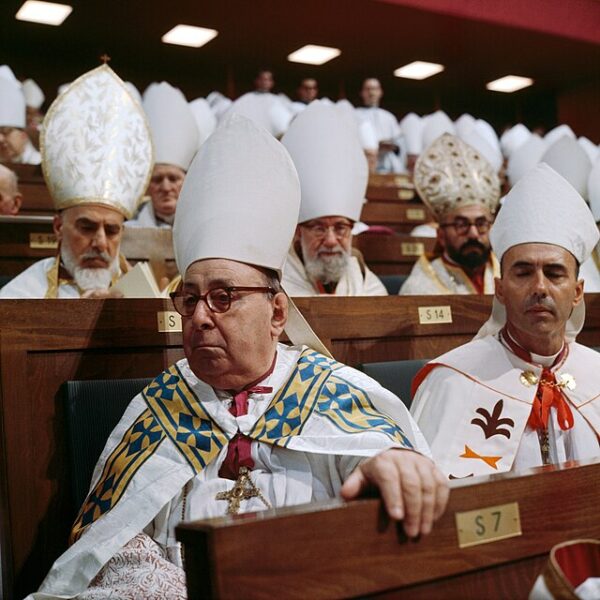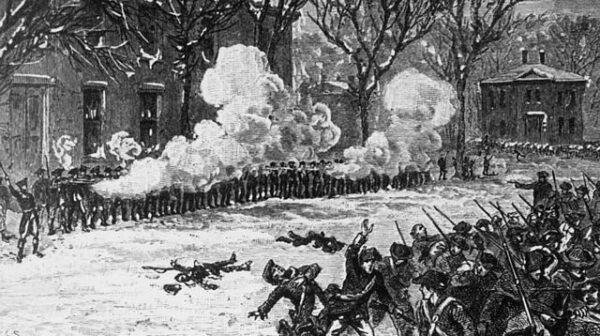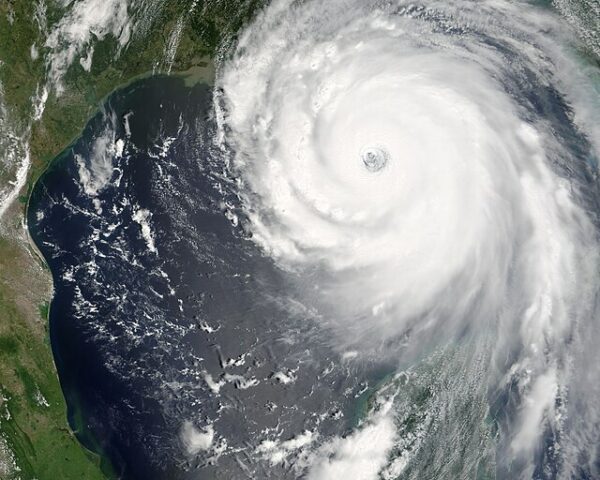On October 11, 1962, the Second Vatican Council (Vatican II) opened, marking the first ecumenical council of the Roman Catholic Church in 92 years. This historic event was initiated by Pope John XXIII, who sought to bring the Church into greater engagement with the modern world. Vatican II would go on to become one of the most transformative moments in the history of the Church, shaping its teachings, practices, and relationship with the wider world.
An ecumenical council is a formal gathering of the Church’s bishops from around the world, convened to discuss and resolve matters of doctrine, practice, and discipline. The last such council, the First Vatican Council, had taken place in 1869-1870. In the intervening years, the world had undergone significant social, political, and technological changes. The Roman Catholic Church, while continuing to wield significant influence, faced the challenge of adapting to a rapidly changing global landscape. Pope John XXIII recognized this need for renewal, famously stating that the Church needed to “open the windows” and let in fresh air.
When Pope John XXIII announced his intention to convene Vatican II in 1959, it came as a surprise to many within the Church hierarchy. The pontiff’s vision for the council was one of aggiornamento, or “bringing up to date.” He sought not a departure from traditional Catholic teaching but rather a reexamination of how the Church presented its timeless message to the modern world. By the time the council opened in 1962, over 2,400 bishops from around the world had gathered in St. Peter’s Basilica in Rome, making it the largest ecumenical council in the Church’s history.
The Second Vatican Council unfolded in four sessions over the course of three years, spanning from 1962 to 1965. Its impact was profound, addressing key issues that resonated within both the Church and broader society. Among the council’s most significant reforms was the shift from Latin to vernacular languages in the celebration of Mass. Prior to Vatican II, the liturgy had been conducted almost exclusively in Latin, which limited participation for many laypeople. By allowing Mass to be celebrated in local languages, the council sought to make worship more accessible and foster greater participation among the faithful.
Another major outcome of Vatican II was the Church’s new approach to ecumenism—the effort to promote unity among Christians of different denominations. In previous centuries, the Catholic Church had often viewed itself as the one true Church, with little room for dialogue with other Christian groups. However, Vatican II embraced a more open and respectful stance, encouraging conversations with other Christian denominations and recognizing the shared beliefs and values across different branches of Christianity. This new approach laid the foundation for improved relations between the Catholic Church and other Christian communities, as well as with people of other faiths.
In addition to its focus on liturgy and ecumenism, Vatican II also addressed the role of the Church in the modern world. The council’s document Gaudium et Spes emphasized the Church’s responsibility to engage with contemporary social, political, and economic issues. It called on Catholics to work for justice and peace, promote human rights, and contribute to the common good. This marked a significant shift from the more inward-looking stance of previous councils, reflecting a Church that was increasingly concerned with global issues and the well-being of all people, regardless of faith.
The Second Vatican Council was not without controversy. Some traditionalists within the Church resisted its reforms, fearing that the changes represented a break with centuries of tradition. However, the majority of the Church’s leadership embraced the council’s vision of renewal and engagement with the modern world.
In the decades since Vatican II, its legacy has continued to shape the Catholic Church. The council’s emphasis on participation, dialogue, and social justice has influenced not only Catholic practice but also the Church’s role in global affairs. October 11, 1962, stands as a pivotal moment in Catholic history, marking the beginning of a new era for the Church, one that sought to bridge the gap between ancient traditions and the challenges of the contemporary world.






